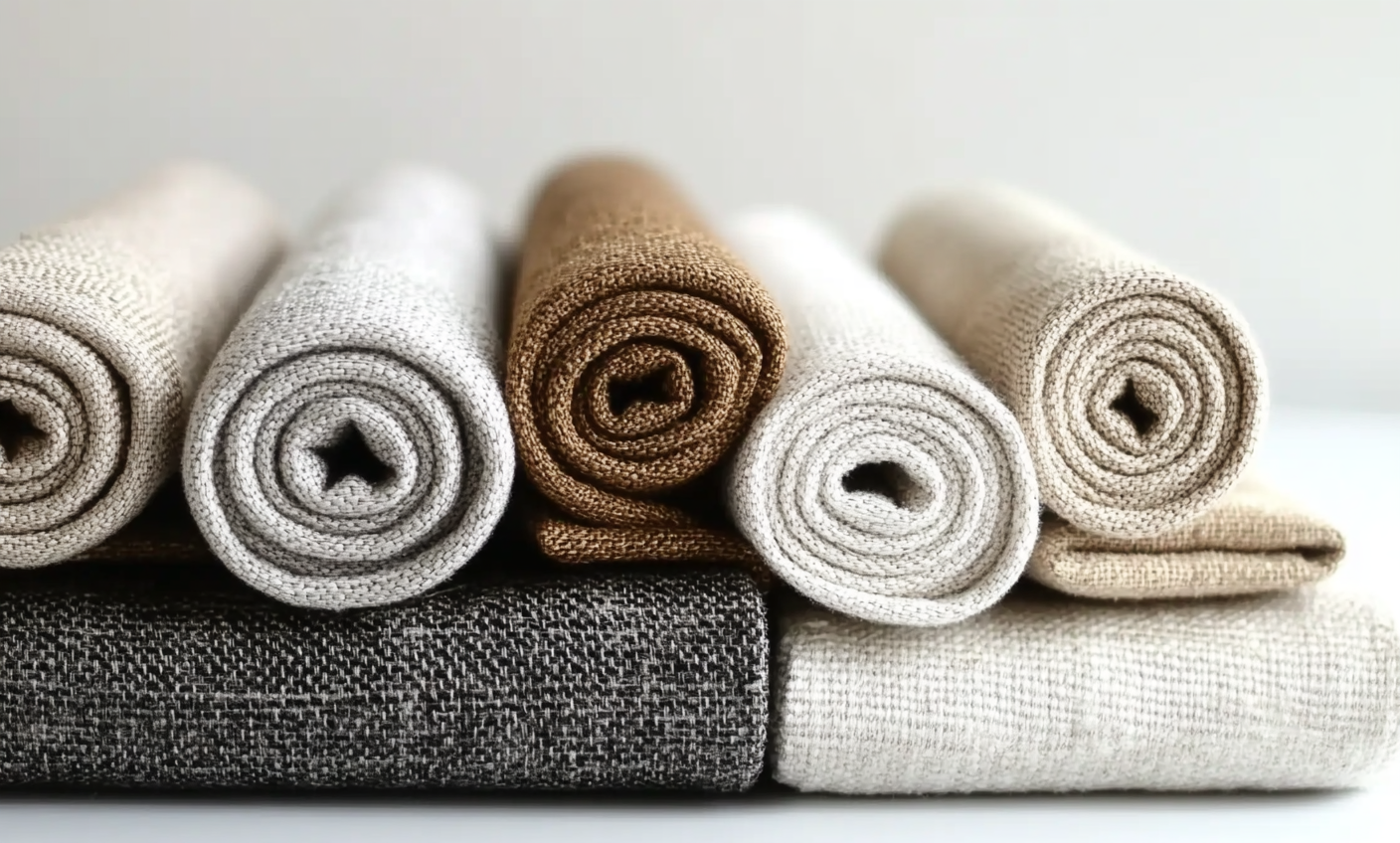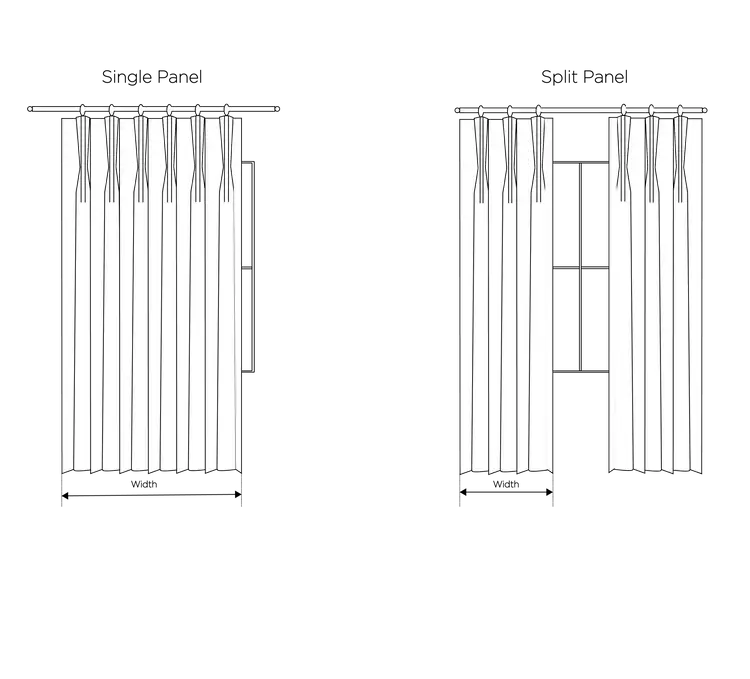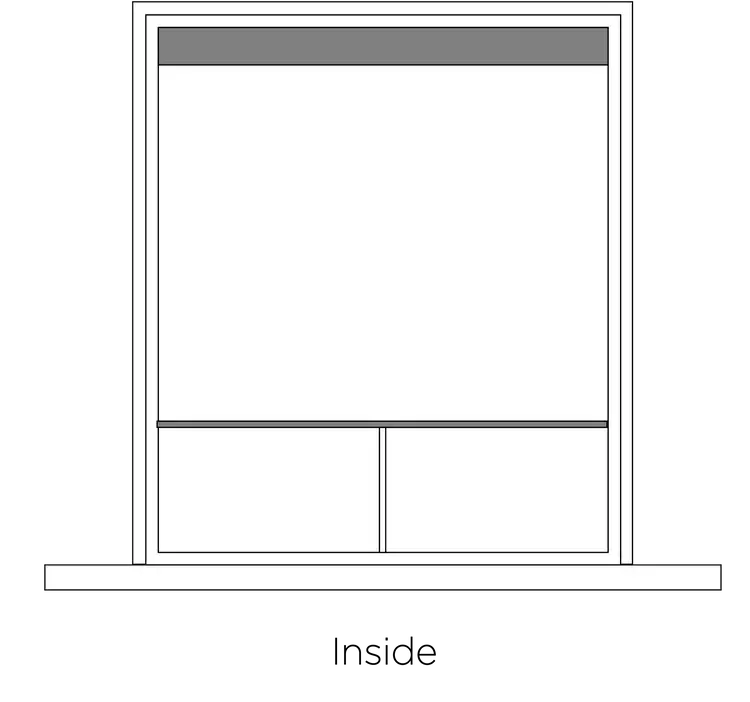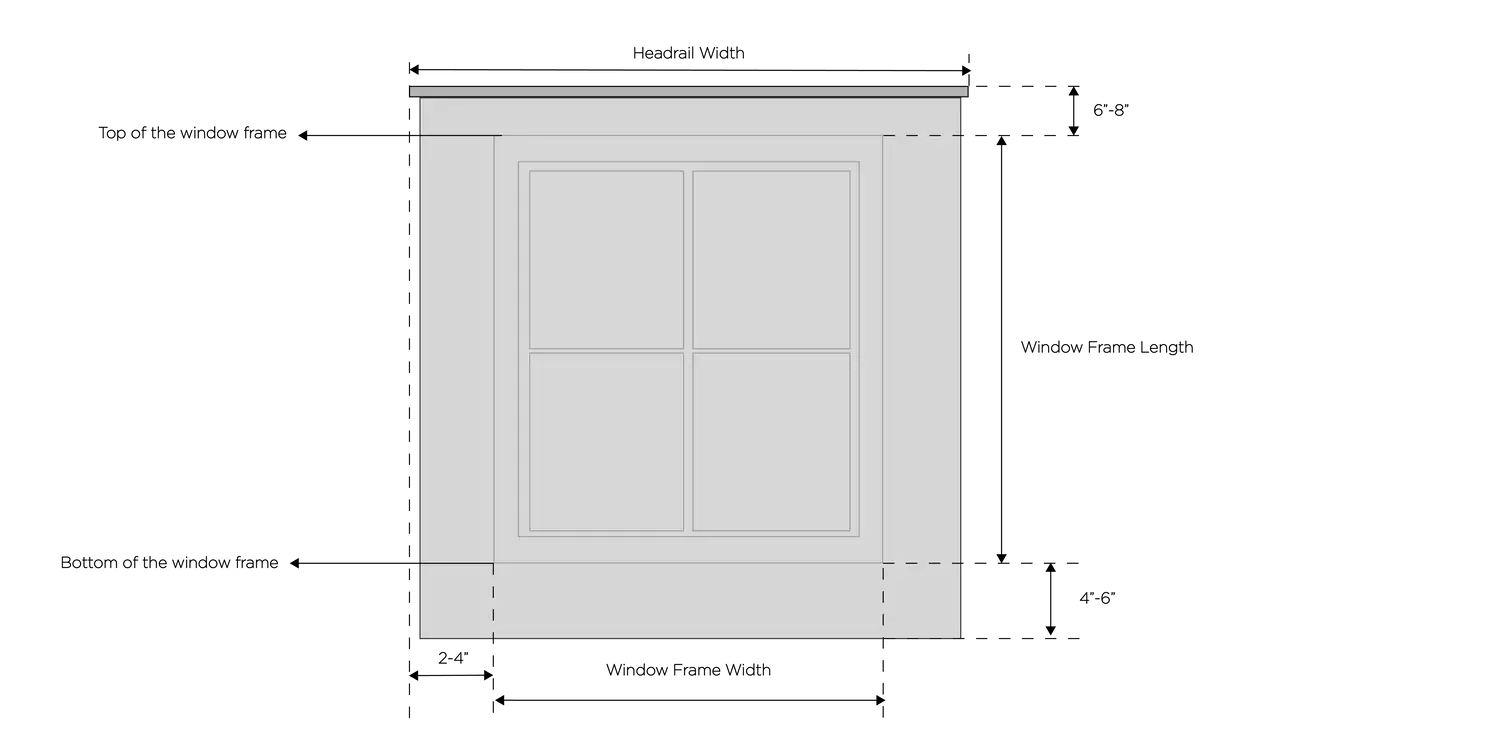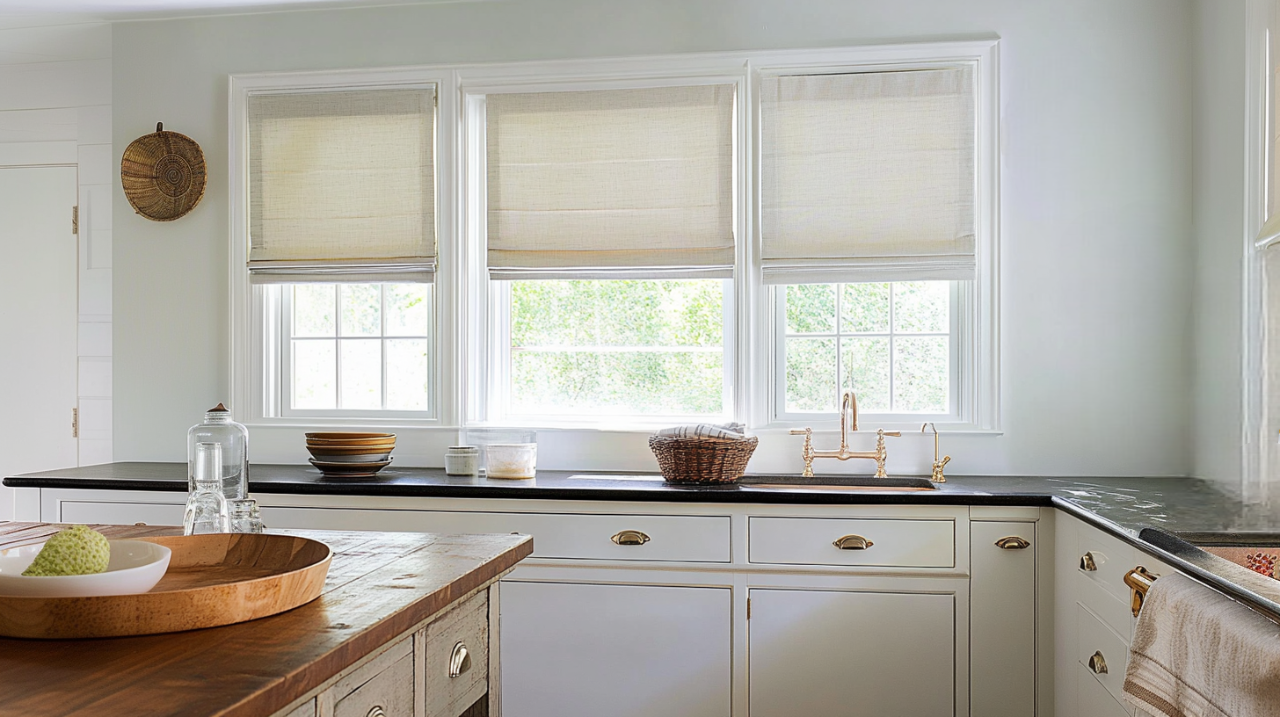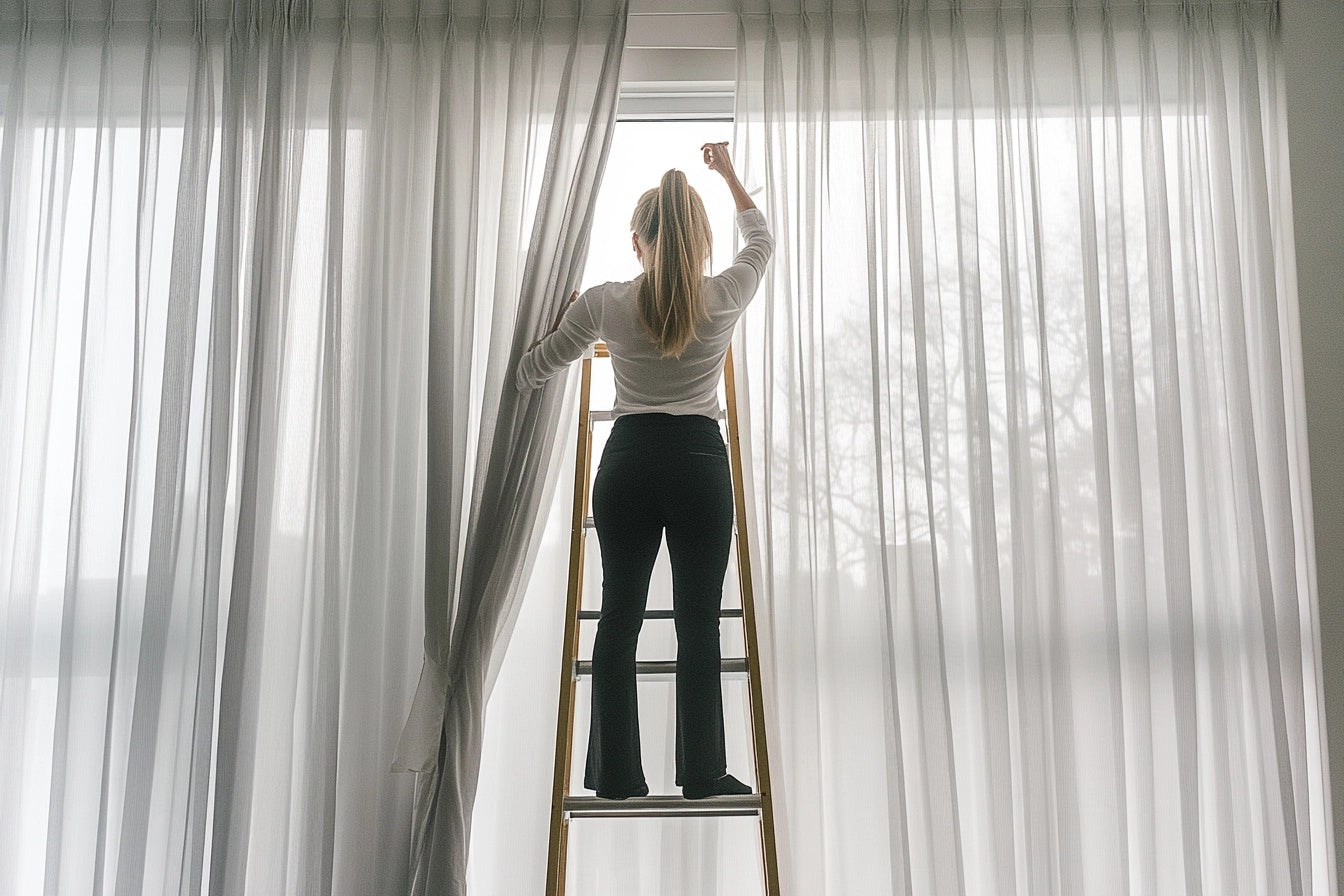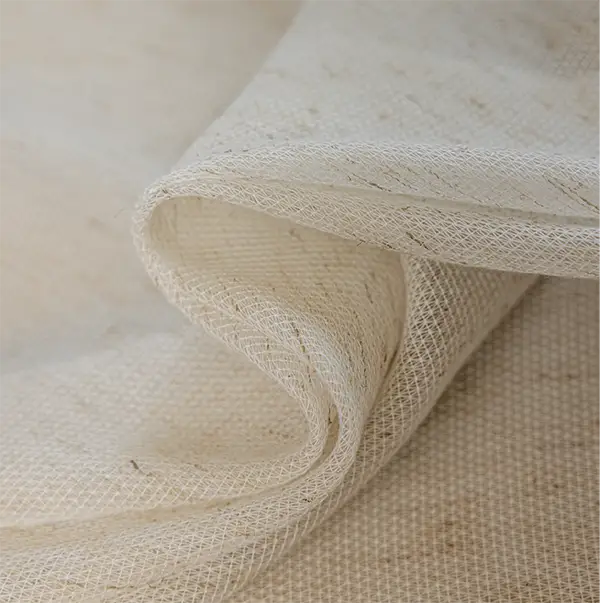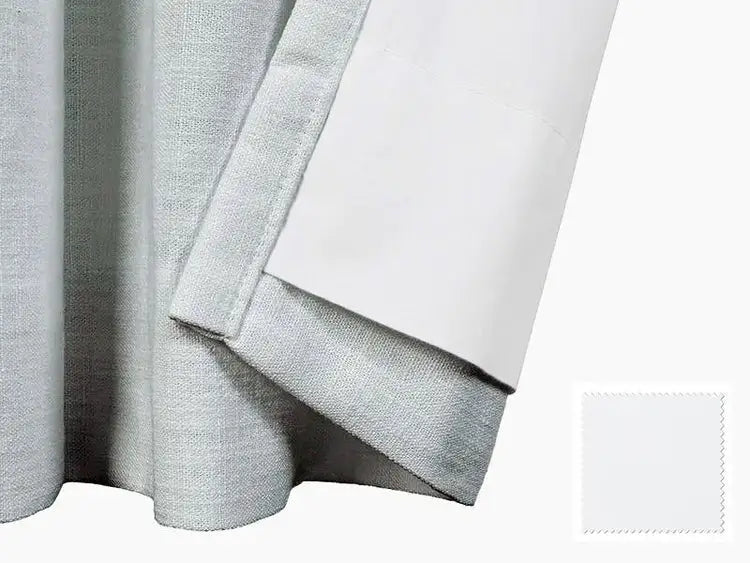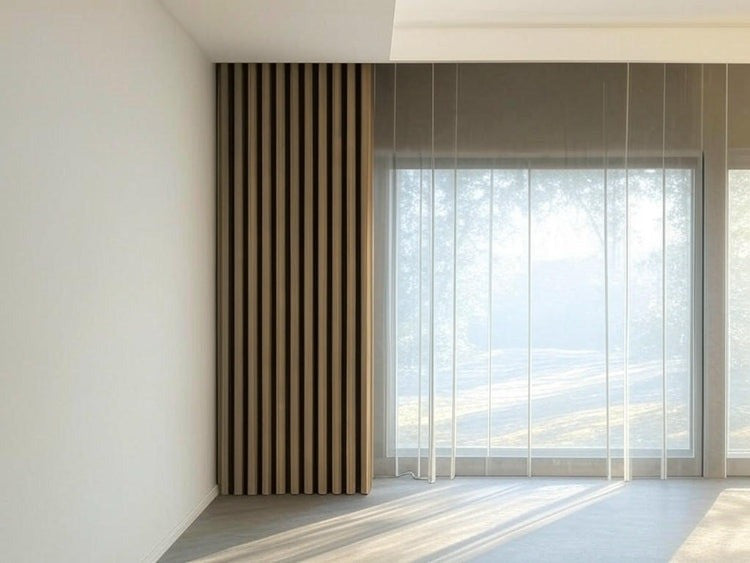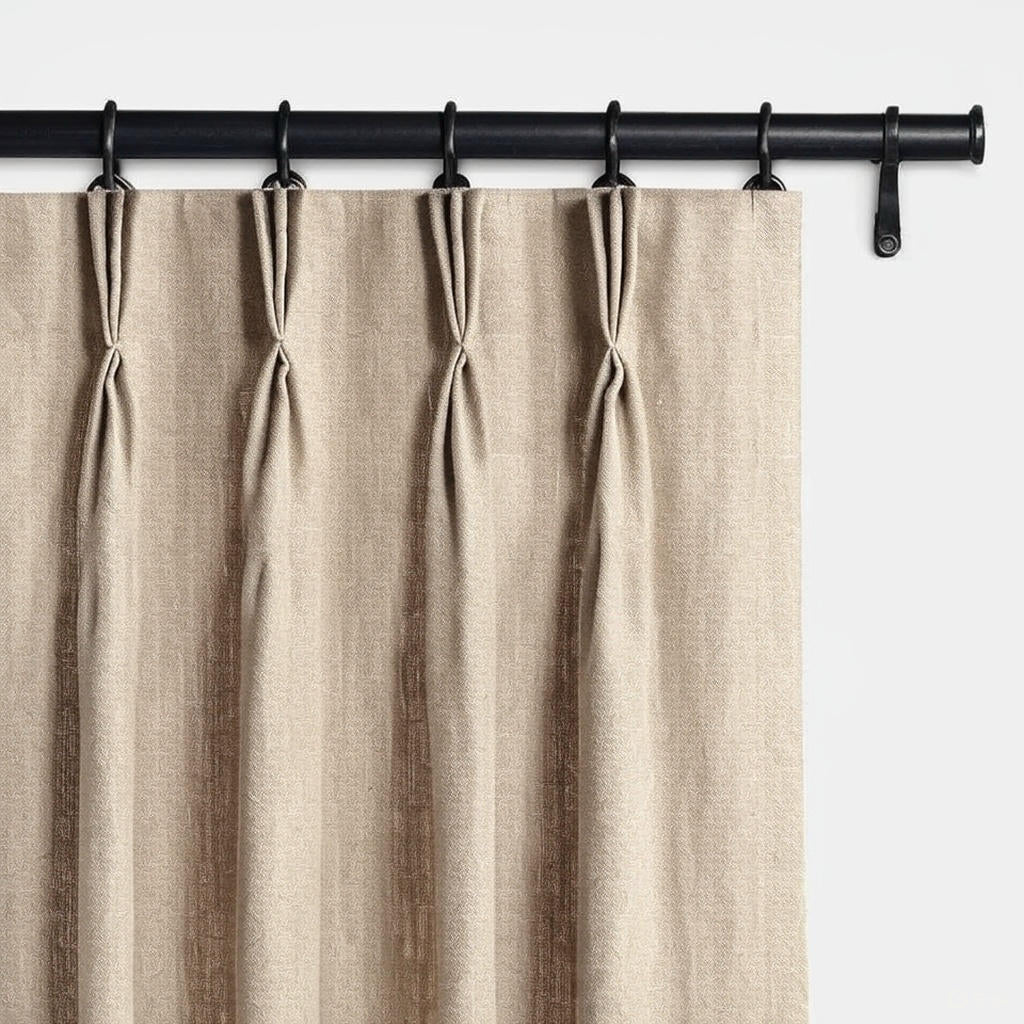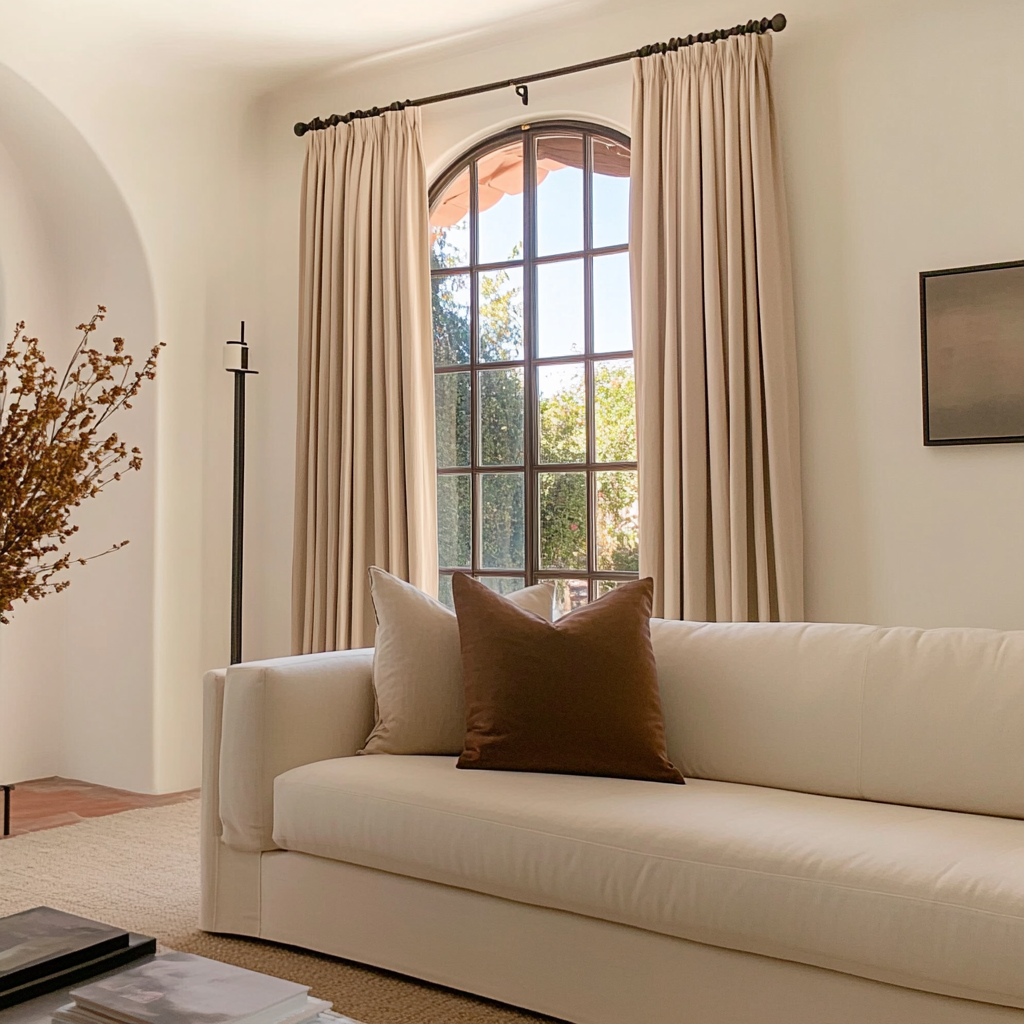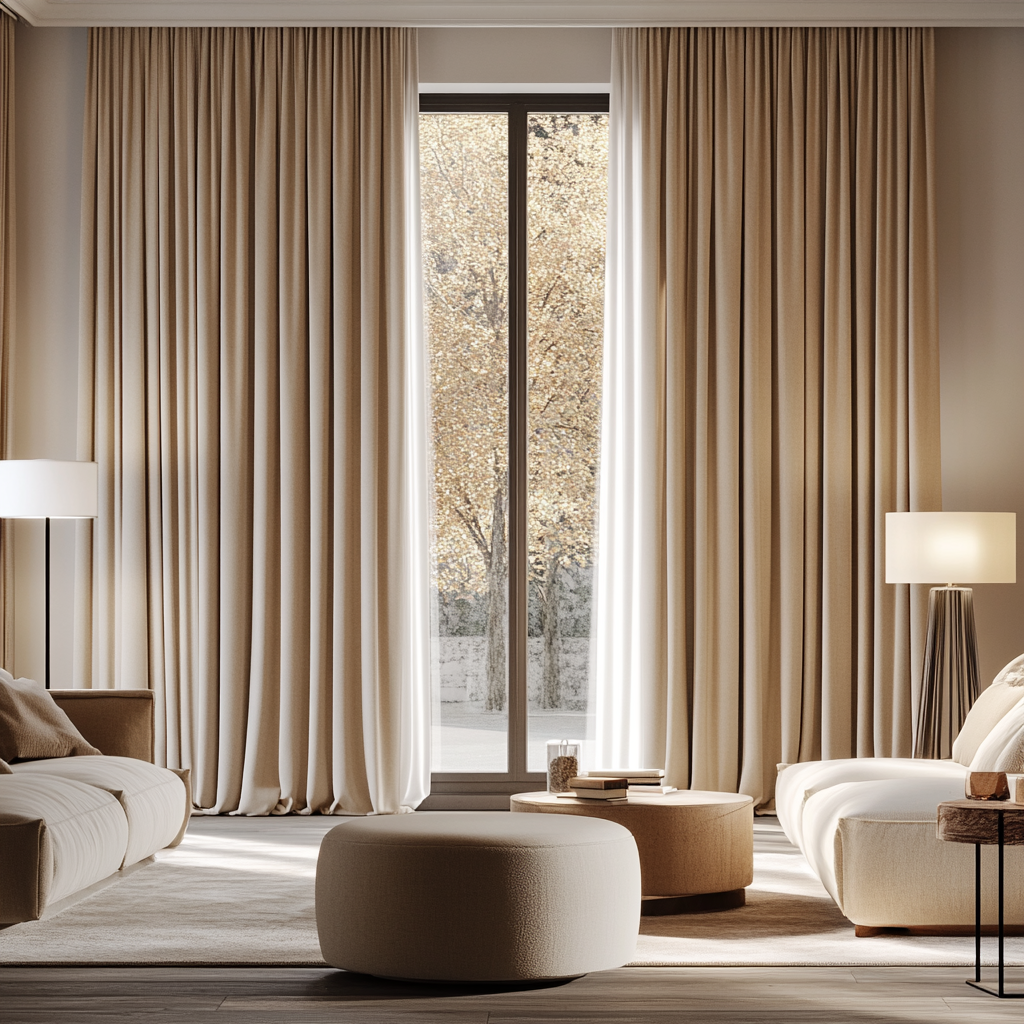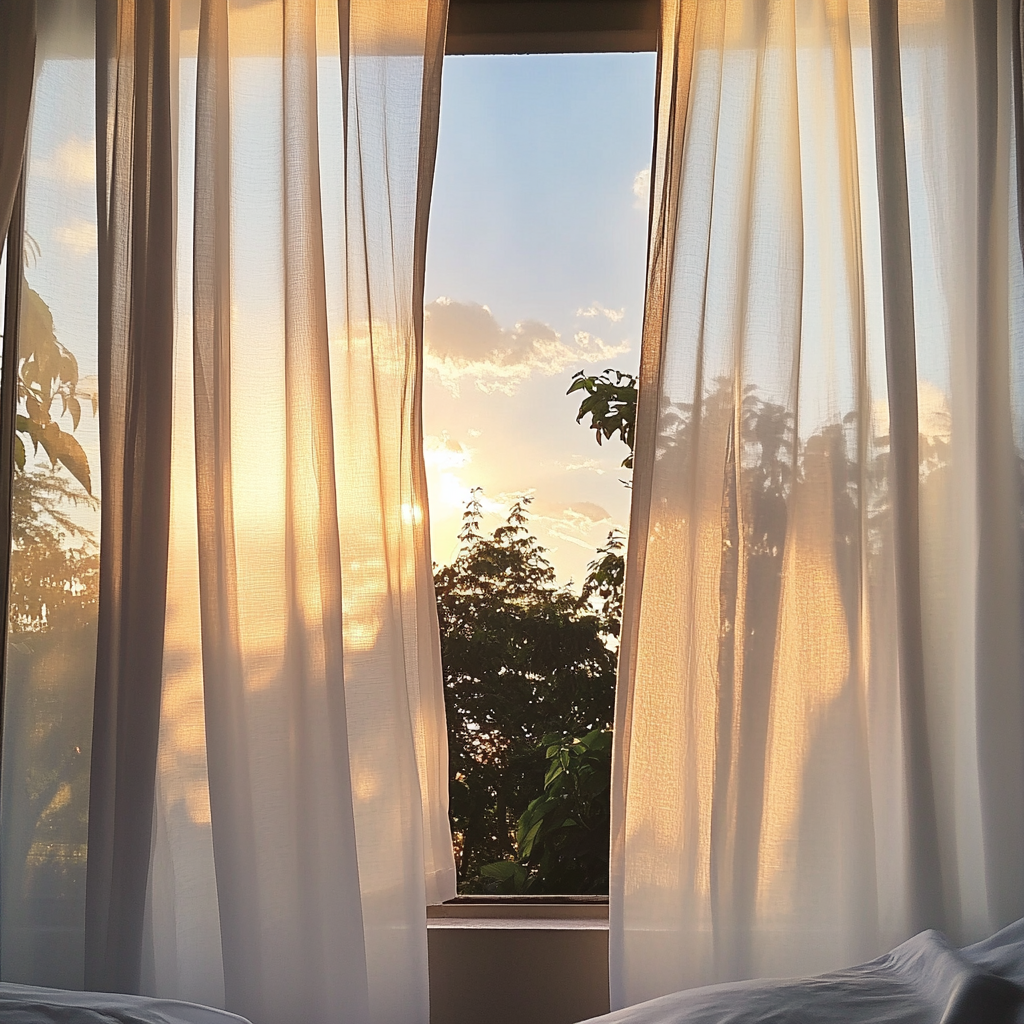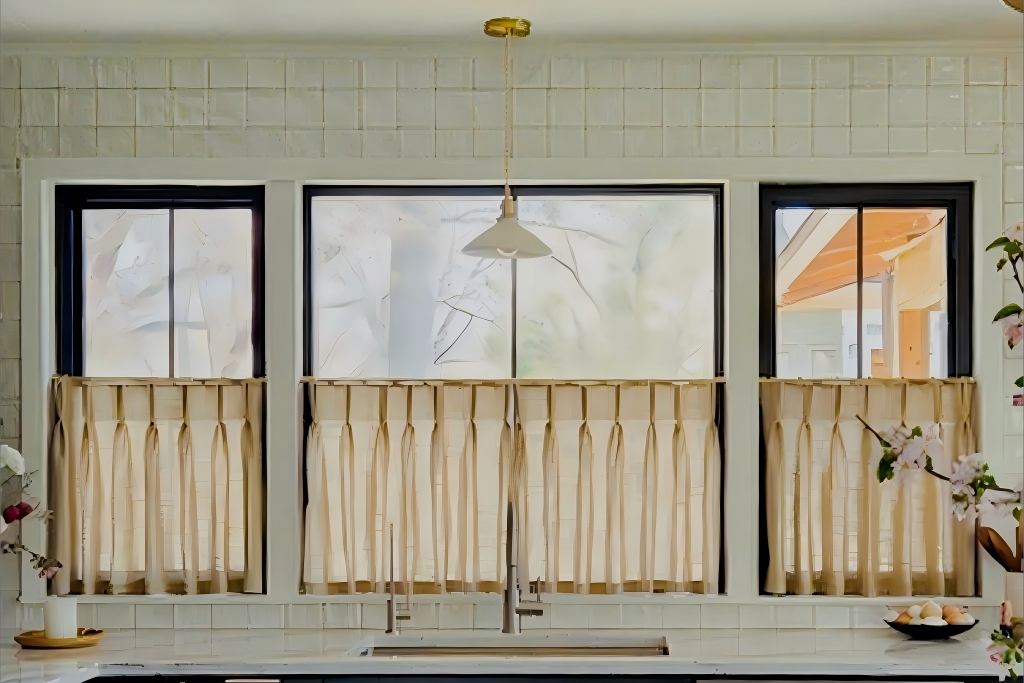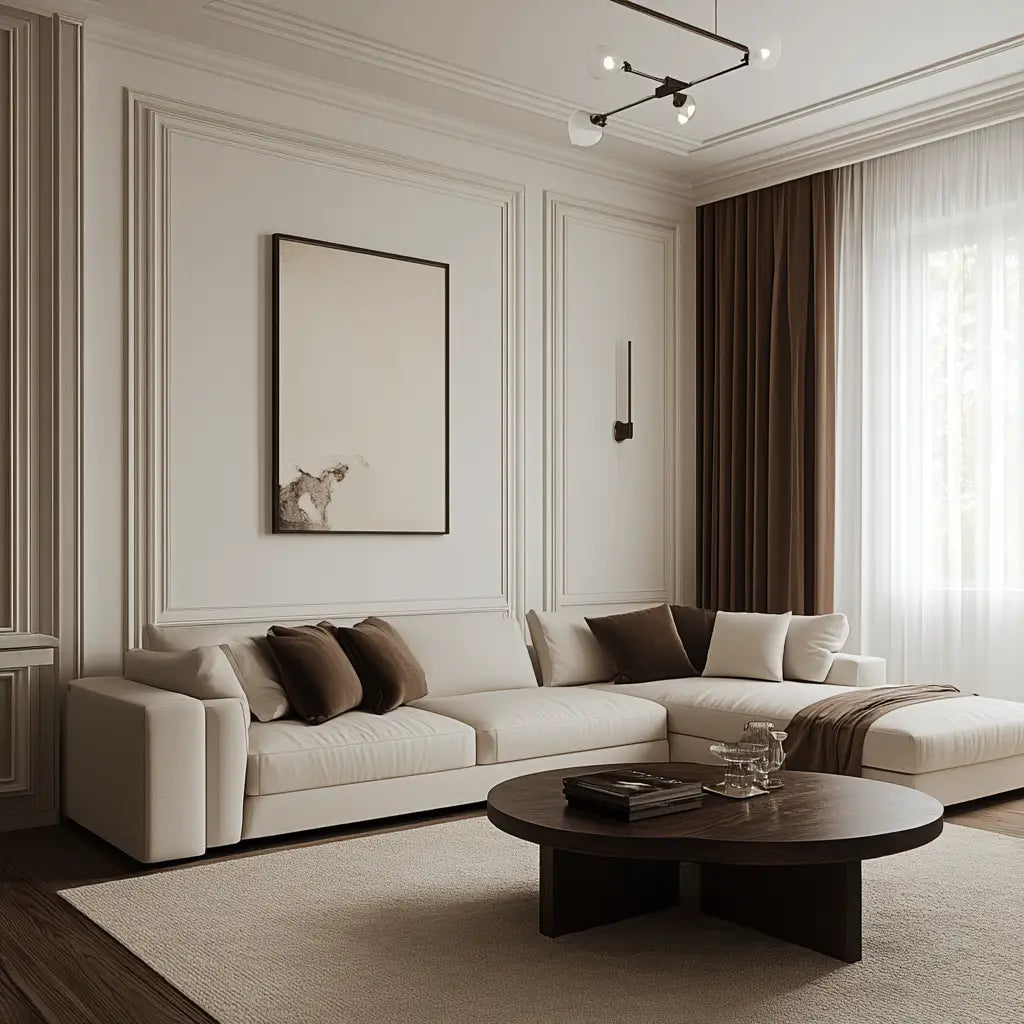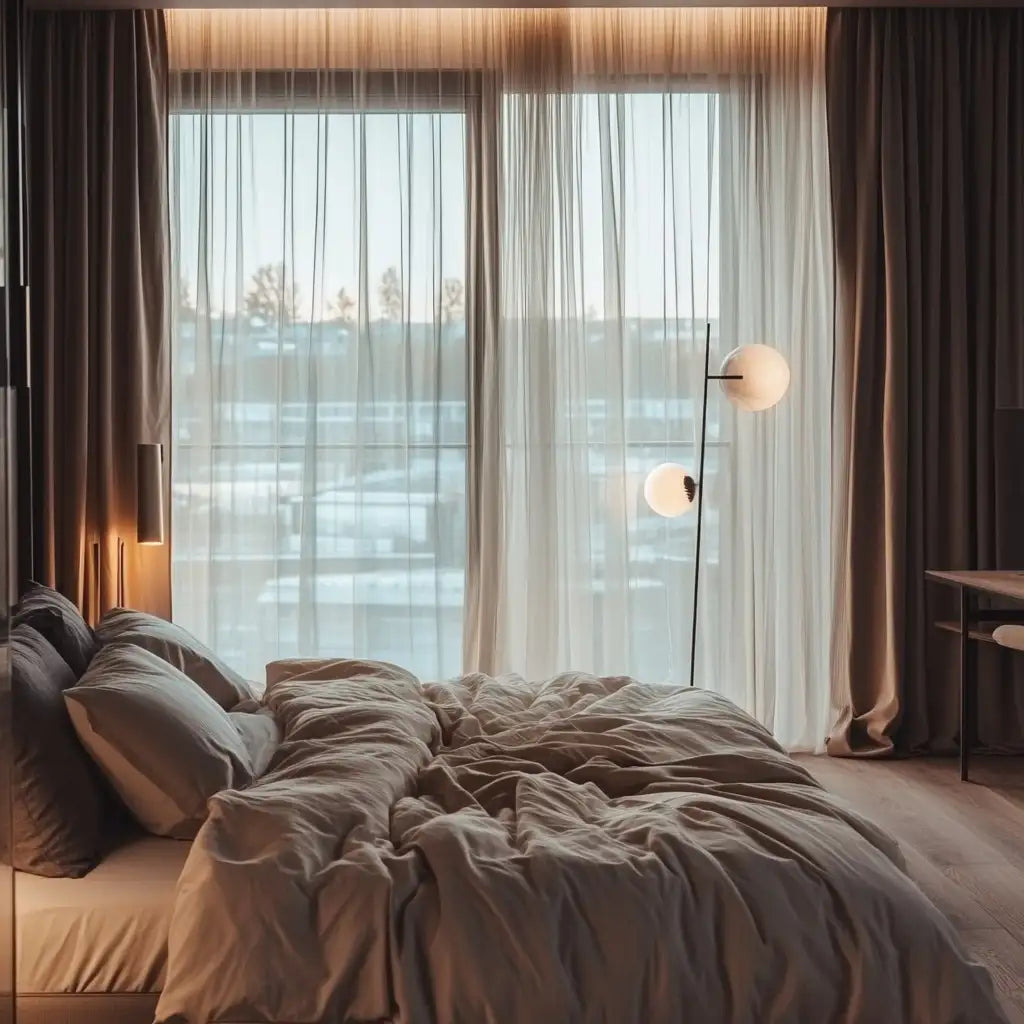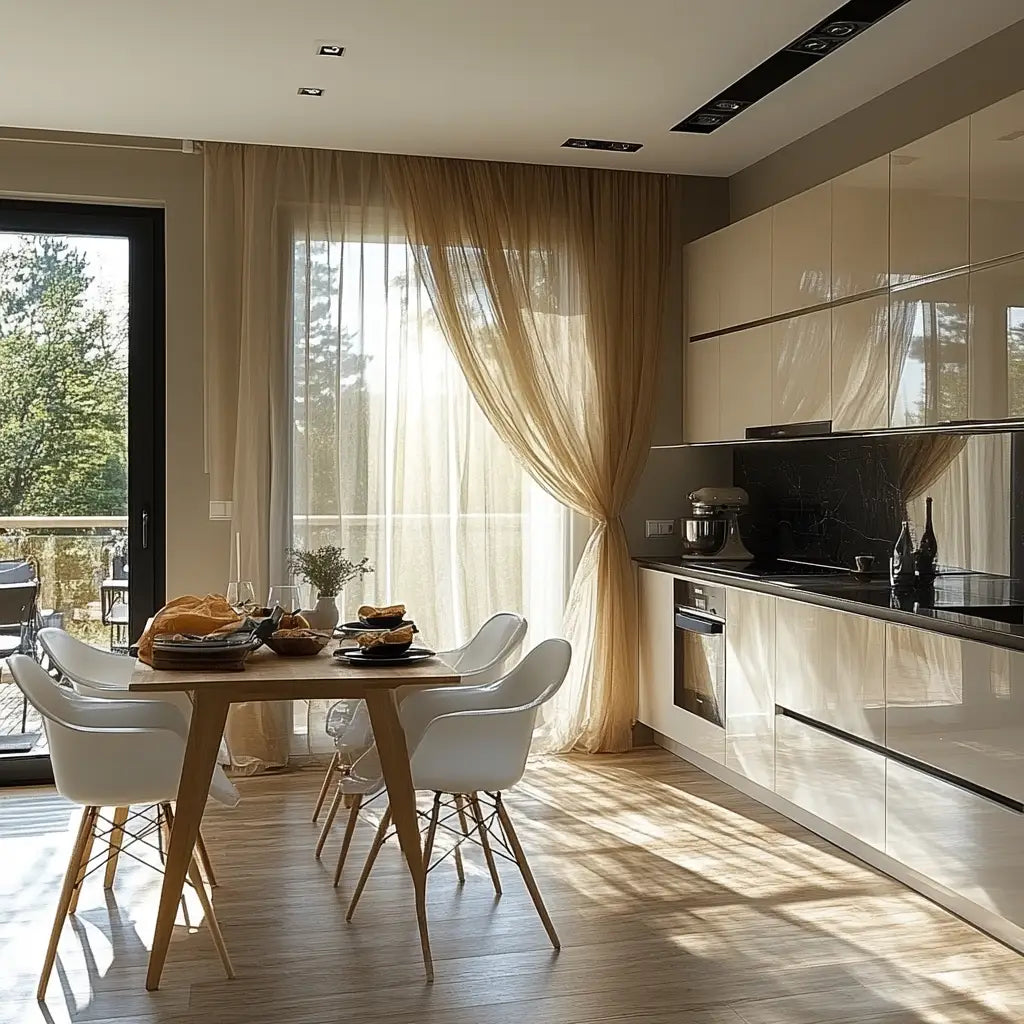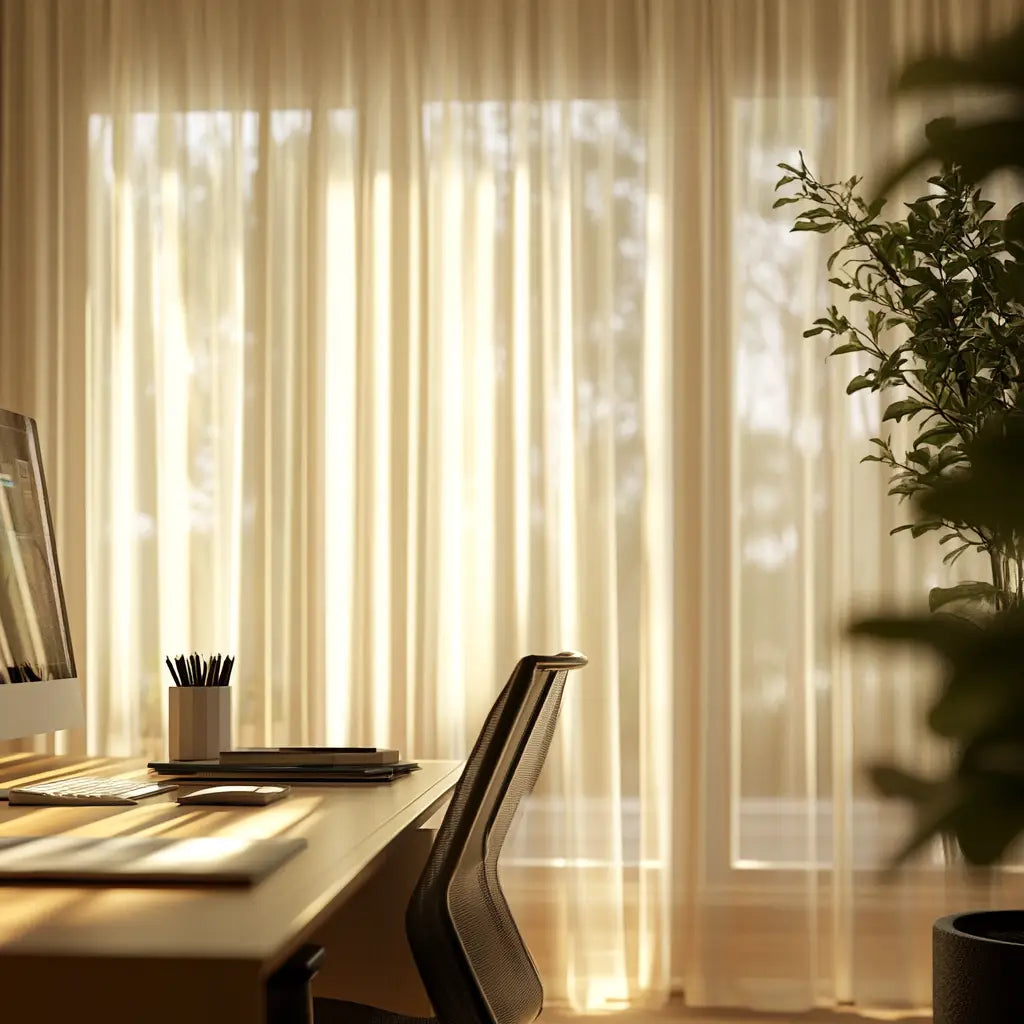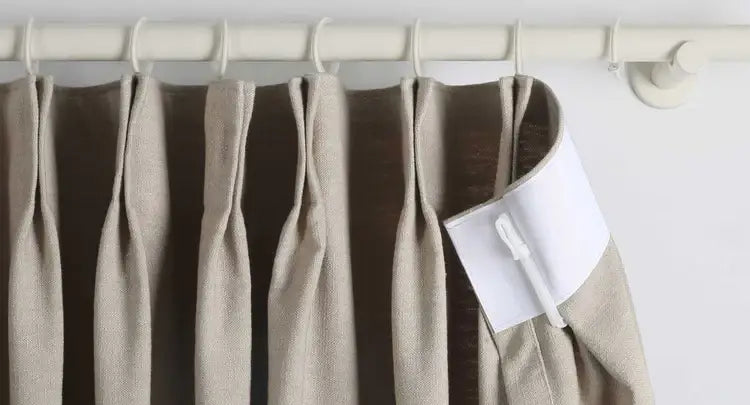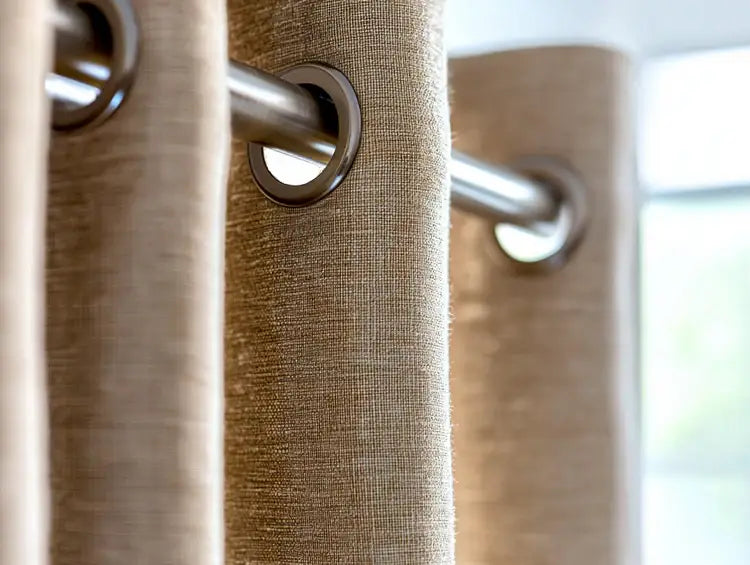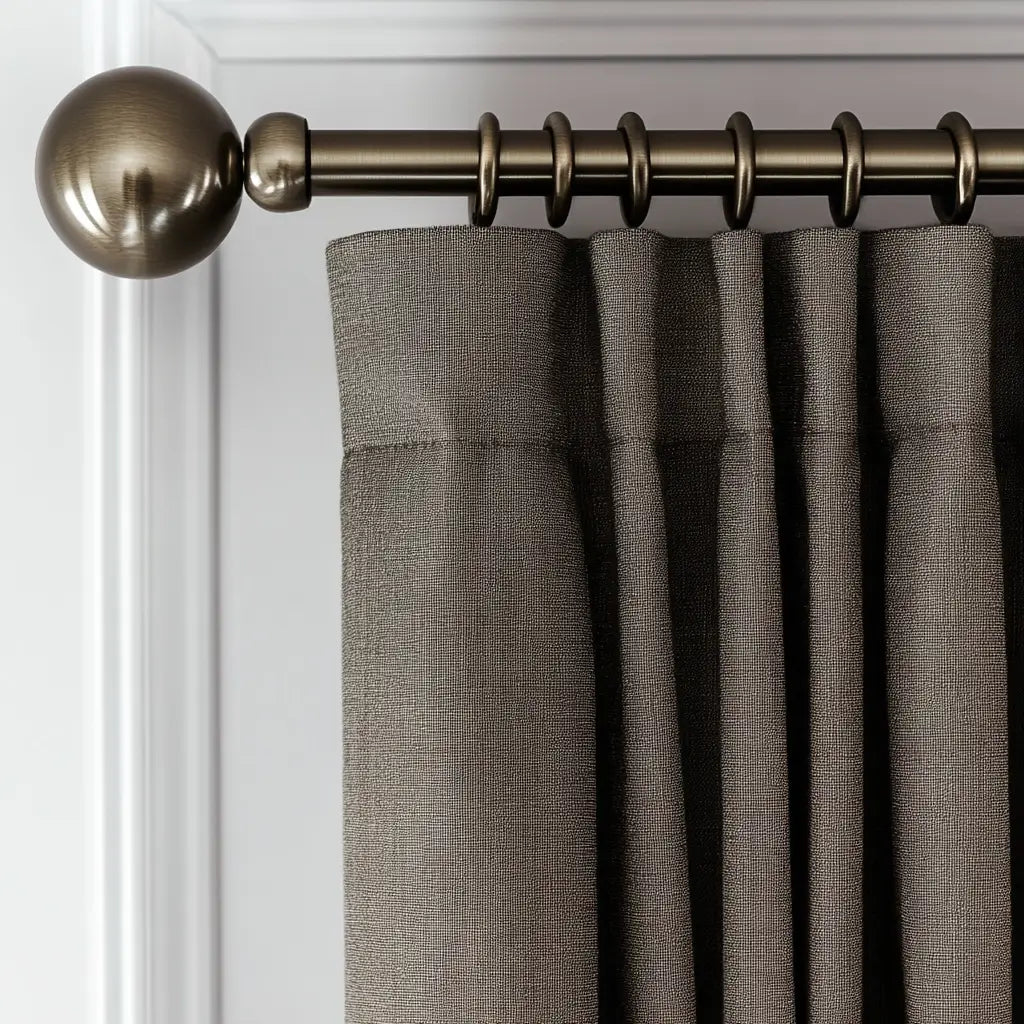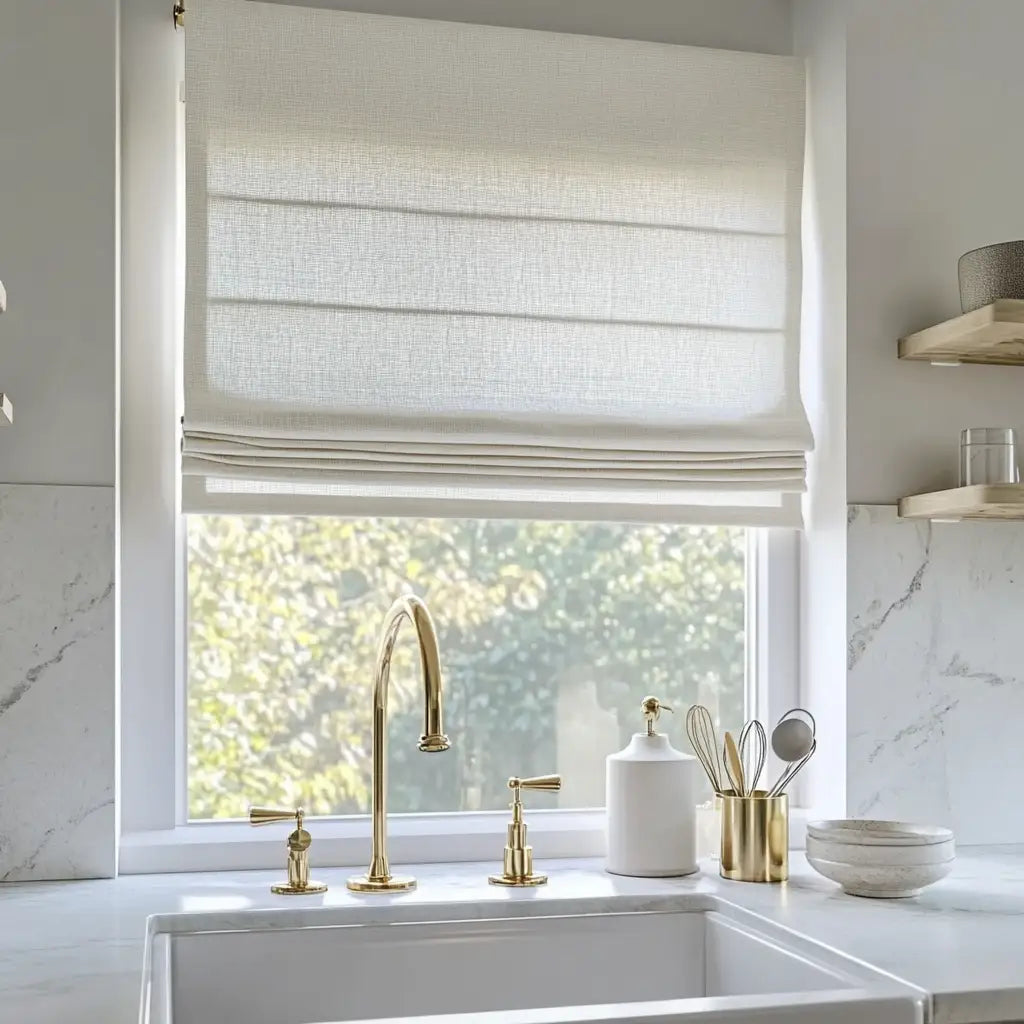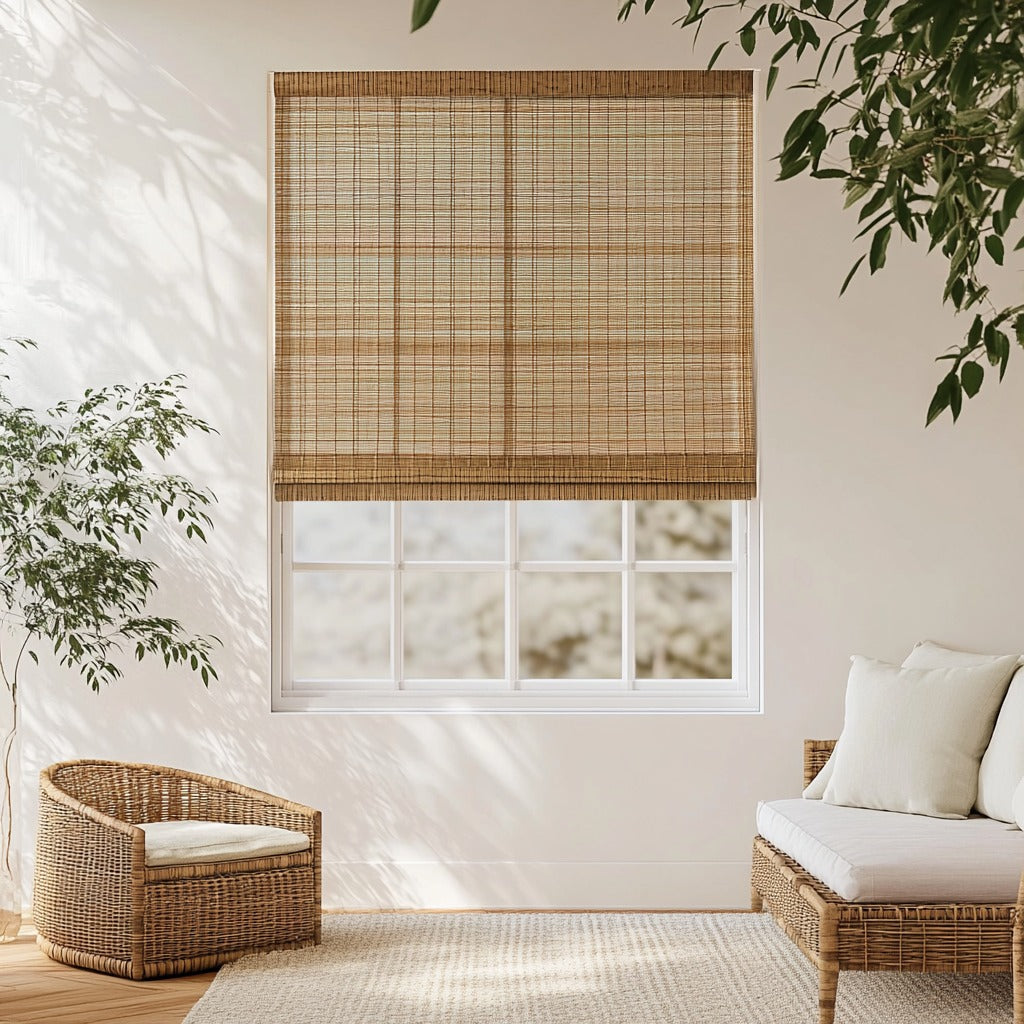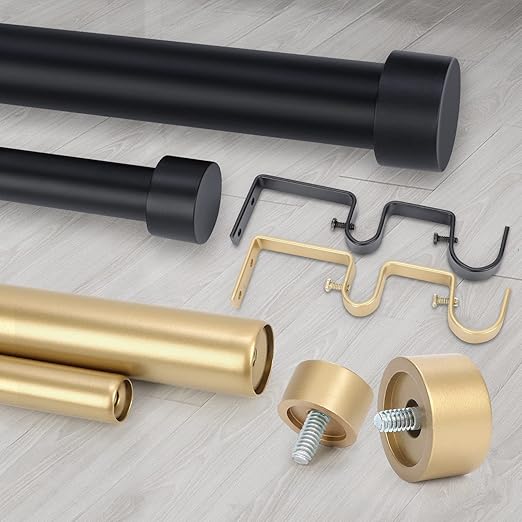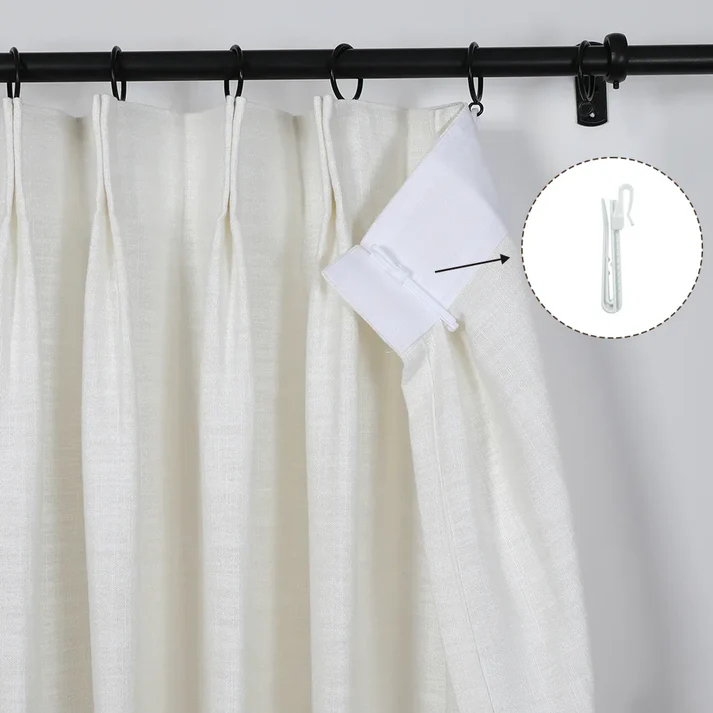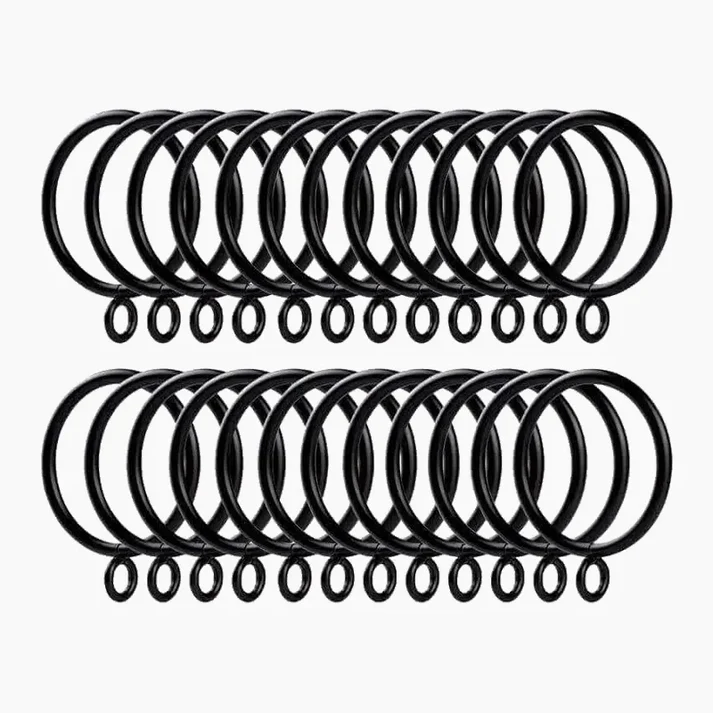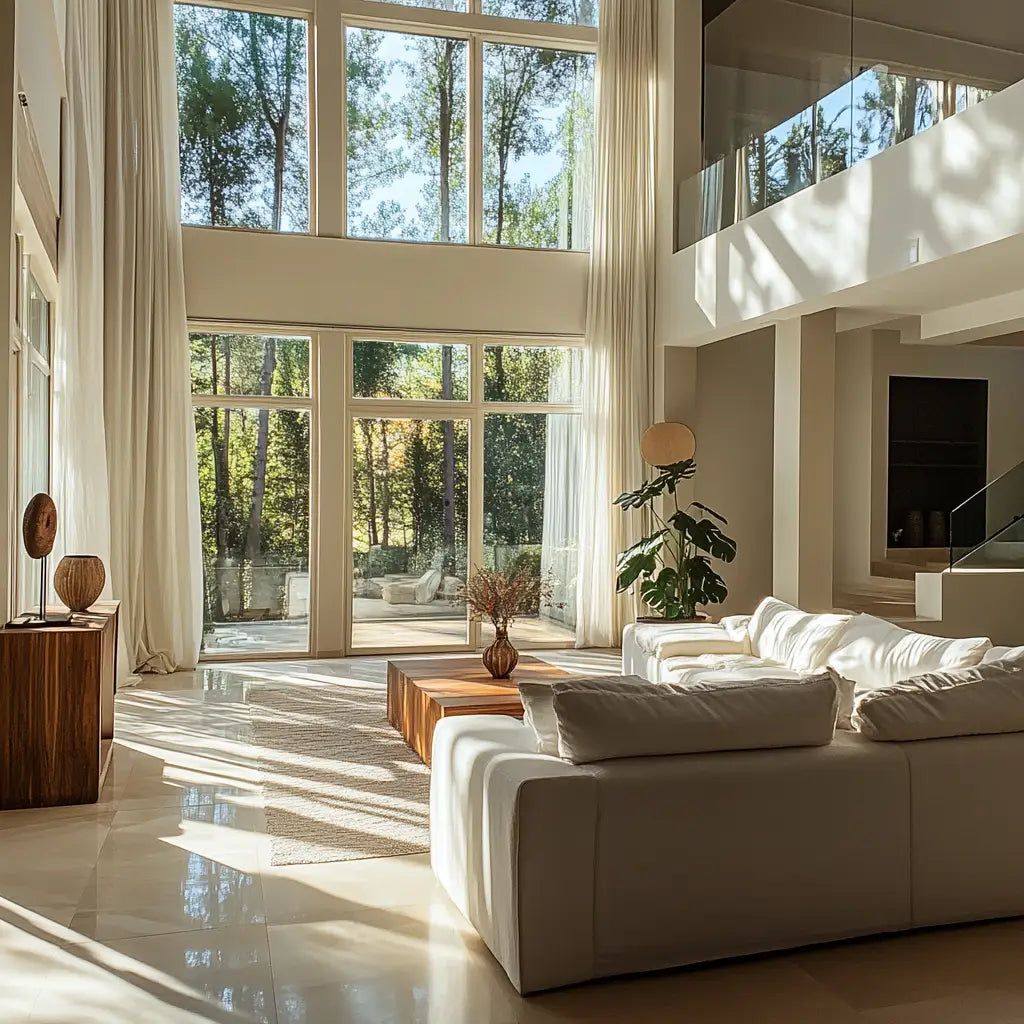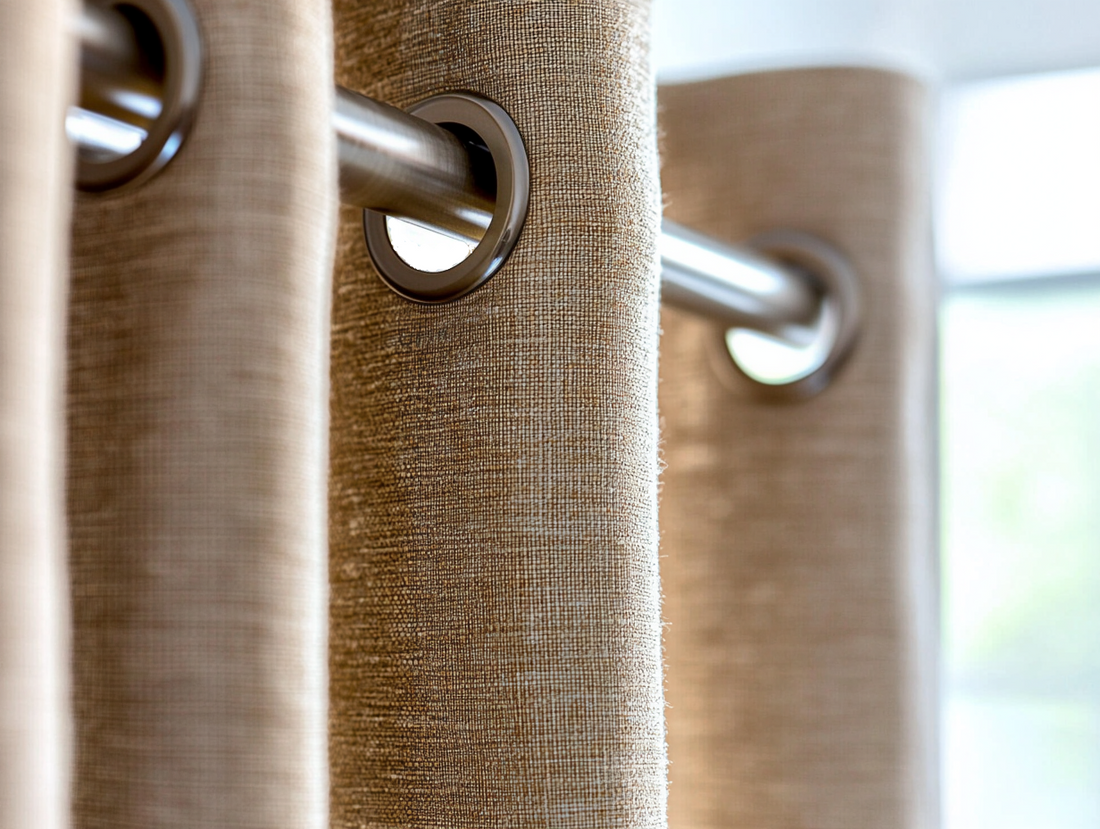
How to Choose the Best Curtain Heading Style for Your Home
Share
When it comes to customizing curtains for your home, the fabric and color are just the beginning. One of the most overlooked—but most impactful—decisions is the curtain heading style.
The curtain heading refers to the top portion of your curtain panel, where the fabric attaches to the rod or track. It affects not only how your curtains hang and function, but also the overall feel of your room—structured vs. relaxed, formal vs. modern.
At LuxDrape, we offer a curated selection of high-end heading styles designed to elevate your space while meeting your light and privacy needs. Below, we’ll walk you through the most common curtain heading types, with tips on how to choose the best one for your room.
Why Curtain Headings Matter
The curtain heading you choose determines:
How the curtain drapes and folds
How much fabric is needed
How easy it is to open/close
Whether the look feels formal, modern, or casual
A pinch pleat will offer a tailored, traditional look, while a grommet or soft top curtain creates a more relaxed vibe. The key is matching form and function to your space.
1. Pinch Pleat: Classic and Refined
One of the most popular choices for tailored, upscale interiors. Fabric is gathered into evenly spaced pleats and sewn at the top.
Best for: Living rooms, dining rooms, bedrooms
Pros:
Elegant, symmetrical appearance
Neat stack when drawn open
Compatible with most fabrics
Cons:
Requires more fabric
Slightly higher labor cost
More formal than casual
LuxDrape Example: Our Florence Linen series looks stunning with pinch pleats—casual linen texture meets formal lines.
2. Triple Pleat (French Pleat): Extra Luxurious
A variation of the pinch pleat with three folds per pleat, offering more volume and grandeur.
Best for: Formal living rooms, classic bedrooms, tall windows
Pros:
Fuller, more sumptuous drape
Retains shape beautifully over time
Great for heavier or lined curtains
Cons:
Higher cost due to material and tailoring
More formal; may not suit relaxed interiors
3. Inverted Box Pleat: Tailored and Contemporary
Fabric is folded behind the panel rather than gathered in front, creating a clean, structured front face.
Best for: Minimalist, modern interiors
Pros:
Crisp, architectural lines
Works well with medium/heavy fabrics
Adds visual weight without clutter
Cons:
Less soft or flowing than other styles
Not suitable for sheer or delicate fabrics
4. Grommet: Modern and Streamlined
Also called eyelet curtains, grommets are metal rings inserted at the top of the panel for a casual, easy-glide look.
Best for: Contemporary homes, apartments, family spaces
Pros:
Easy to install and slide open
Modern, uniform wave effect
Fabric patterns stay uninterrupted
Cons:
Less suited for thick fabrics or formal spaces
Grommets can scratch curtain rods over time
Tip: Use a metal or matte black curtain rod for the cleanest visual pairing.
5. Soft Top: Relaxed and Minimal
A rod is threaded directly through a pocket or hidden loops sewn into the curtain’s top hem. The result is a gentle, natural fold—no pleats or hardware visible.
Best for: Scandinavian, boho, or minimalist rooms
Pros:
Clean and casual appearance
Great for linen and lightweight cotton
Low maintenance, no hooks needed
Cons:
Not ideal for heavy or structured drapes
Offers a less formal presentation
6. Tab Top: Casual and Natural
Features evenly spaced fabric loops that slide over the curtain rod.
Best for: Farmhouse, coastal, or children’s rooms
Pros:
Easy DIY installation
Budget-friendly
Adds a handcrafted feel
Cons:
Gaps between tabs may let in light
Less sleek than other styles
7. Rod Pocket: Traditional and Hidden
A pocket is sewn into the top of the curtain to slide the rod through, hiding it entirely.
Best for: Bedrooms, vintage or cottage-style spaces
Pros:
Neat, concealed rod
Simple and affordable
No extra hardware required
Cons:
Not easy to open/close frequently
Not suitable for heavy or lined curtains
8. Flat Hook: Minimal and Clean
A curtain with a flat top edge, hung using clips, rings, or pins. No pleats, tabs, or pockets.
Best for: High-end, minimalist interiors or layered looks
Pros:
Sleek and understated
Easy to layer with sheers or drapes
Works with rings, tracks, or rods
Cons:
Requires careful styling for a polished look
Can look plain without the right fabric
9. 4-in-1: Versatility in One Panel
Also known as multi-function headers, this flexible style allows you to hang the same curtain using clip rings, back tabs, hooks, or rod pockets.
Best for: Rental homes, people who like to change styles often
Pros:
Maximum flexibility
Easy to switch rod types
One curtain, four looks
Cons:
Slightly bulkier top design
May not suit high-end or formal decor
Final Thoughts: Which Heading Style is Right for You?
There’s no single best option. The right curtain heading style depends on your:
Interior style (traditional, modern, casual?)
Function (privacy, light control, aesthetic?)
Fabric weight
Budget and hardware setup
At LuxDrape, we offer full customization on pleated styles, grommets, soft tops, and more. Whether you’re outfitting a nursery, dressing a bay window, or finishing a full-length velvet blackout drape, we’ll help you select the perfect finish.

